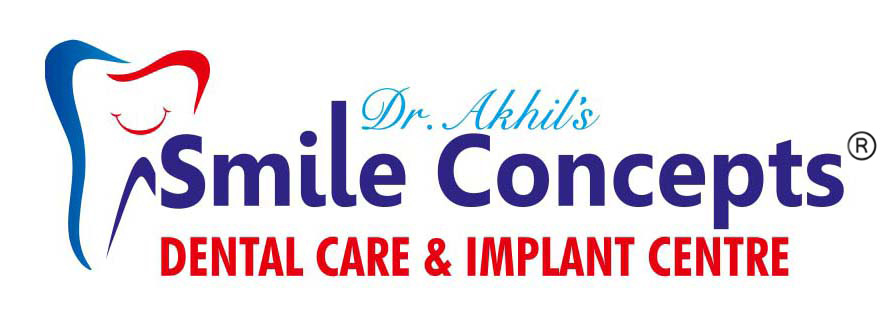Early detection is essential to maintain oral health, modify aberrant habits, and treat as needed and as simply as possible. Pediatric dentists are primary and specialty oral care providers for infants and children through adolescence, including those with special health needs.
Since every child is different, pediatric dentists have a wide range of approaches to help a child complete needed dental treatment. A pediatric dentist makes a recommendation of behavior guidance methods for the child based upon health history, special health care needs, dental needs, type of treatment required, the consequences of no treatment, emotional and intellectual development, and parental preferences.


Prophylaxis – Scaling
Our pedodontist will talk about healthy habits, such as brushing, flossing and smart snacking to our little patients. At the end of the exam, your child will recite to you and the doctor how often they should brush and floss their teeth. Children also get to pick a surprise from the prize wall. Your child’s visit won’t just be a routine cleaning. It’s a time for smiles, high-fives, and new healthy habits.
Dental Fillings
Composites or Fillings are a dental restoration that is made of a non-toxic substance. This durable material is primarily made or quartz, ceramic, or silica and are often referred to as tooth-colored fillings. They provide good durability and resistance to fractures in small to mid-size fillings that need to withstand moderate pressure from the constant stress of chewing. Composites can be used on either front or back teeth. They are a good choice for patients who prefer that their fillings look more natural.

Pit and Fissure Sealants
Sealants protect the grooved and pitted surfaces of the teeth from bacteria and an acidic environment. They are especially effective on the chewing surfaces of the back teeth where most cavities in children are found. Sealants are made of a clear or shaded plastic and are applied to the teeth to help keep them cavity-free. The application of a sealant is quick and comfortable. Your pediatric dentist will check the sealants during routine dental visits and recommend re-application or repair when necessary.Sealants only provide one layer of protection. The best way to protect your child’s teeth is to practice good dental hygiene at home. Make sure your child is brushing, flossing and rinsing with a fluoride mouthwash. Schedule dental cleanings every 6 months and offer your child healthy snacks and a balanced, nutritious diet
Pulpotomies/Pulpectomy
“Your child needs a root canal”—words no parent
wants to hear. Breathe easy. We’re trained to
perform root canals on young patients. We’ll hold
your child’s hand every step of the way.
We perform a root canal to repair and save an
infected or damaged tooth. The procedure involves
removing the nerve and the pulp. Then we sterilize
and clean the inside of the tooth before sealing it.
Left untreated, the tooth will become terribly
infected and could cause abscesses.
Pulpotomy
A pulpotomy is a dental procedure which is
recommended when the decay is extended to the the
crown part of the tooth. It is mainly performed on
primary teeth (on children) and is used to treat
tooth decay that has infected the pulp.
Pulpectomy
A pulpectomy is complete removal of pulp from the
crown and roots. The tooth is then filled with
material that can be reabsorbed by the body. It's
usually performed on baby teeth. A root canal starts
with a pulpectomy, but the tooth gets a permanent
filling or crown (stainless steel crown.

Stainless Steel Crowns
Stainless steel crowns are silver caps that cover the back teeth and preserve more of the tooth structure than other types of crowns. They withstand biting and chewing forces well and rarely chip or break. Stainless steel crowns are often used after pulpotomy or pulpectomy procedures on young patients for active occlusion.

